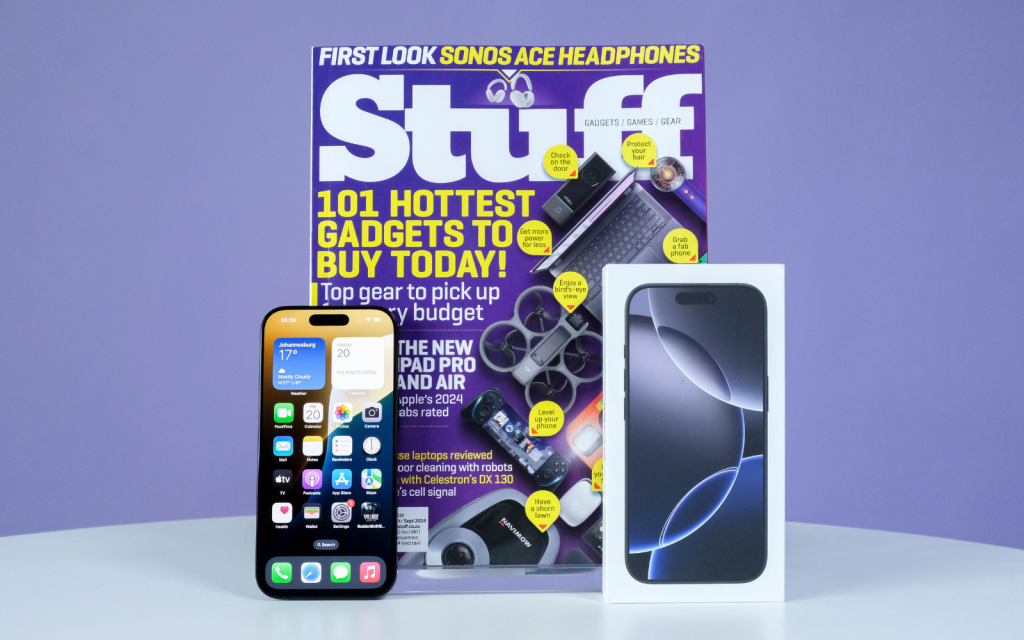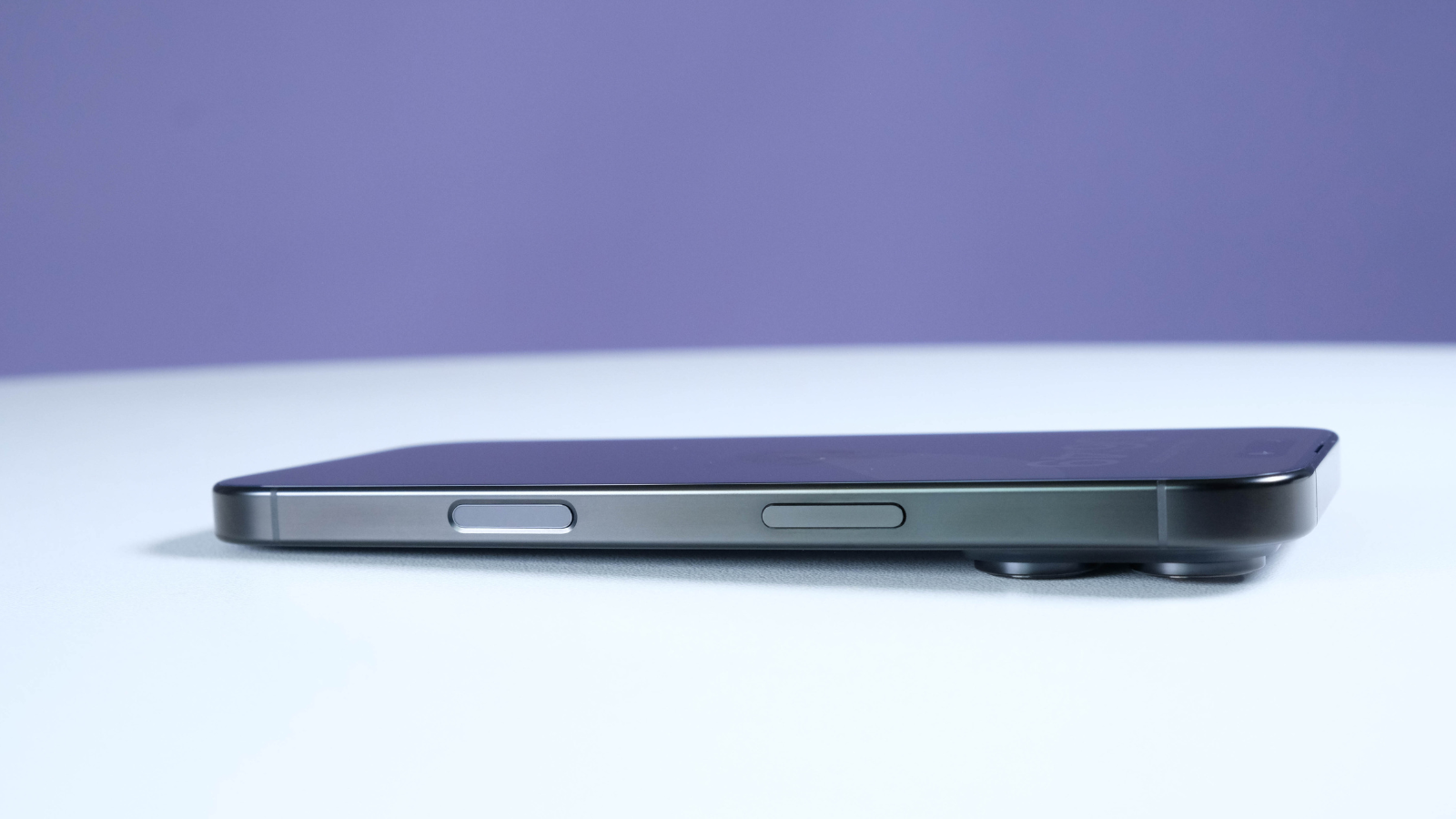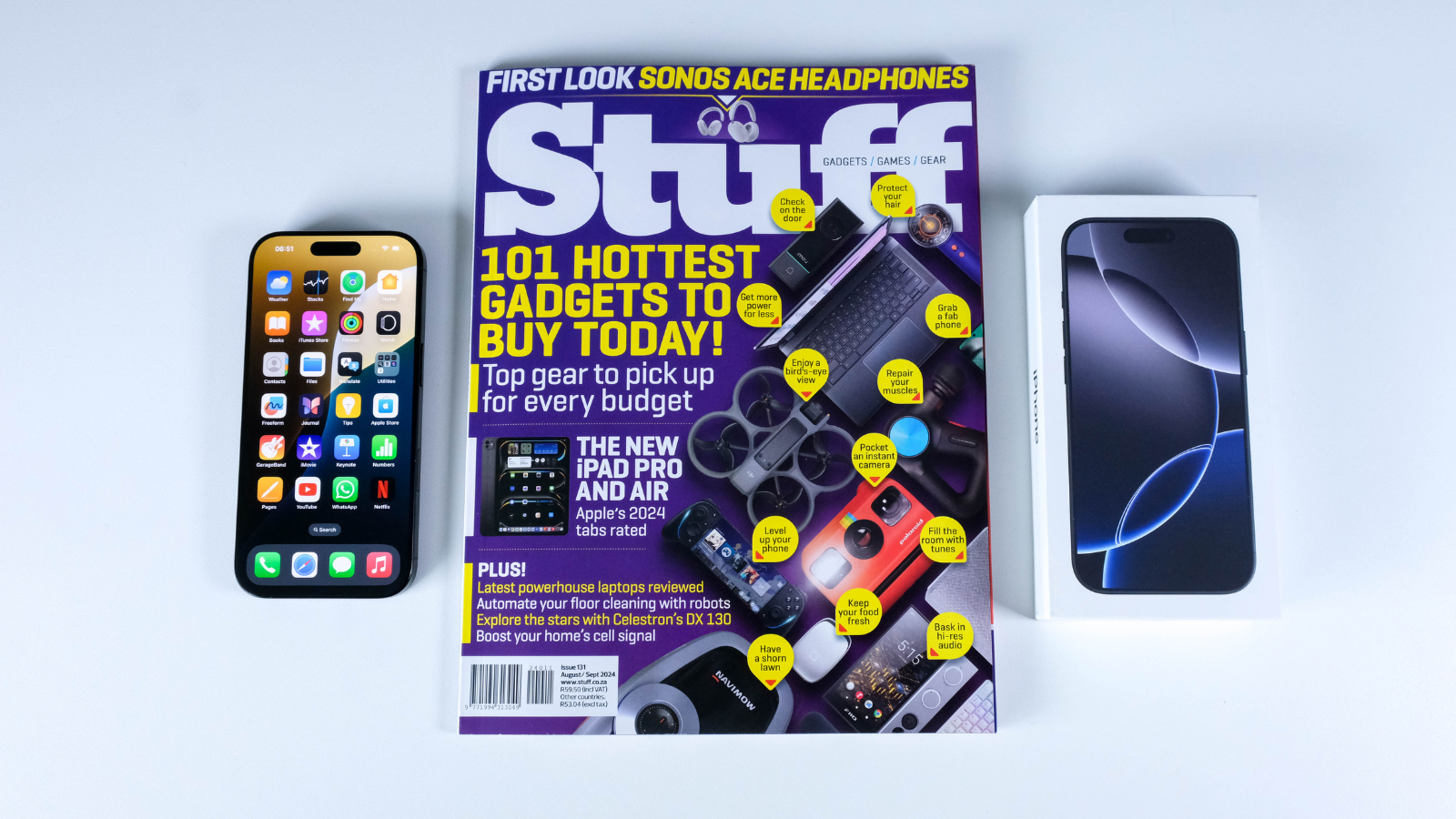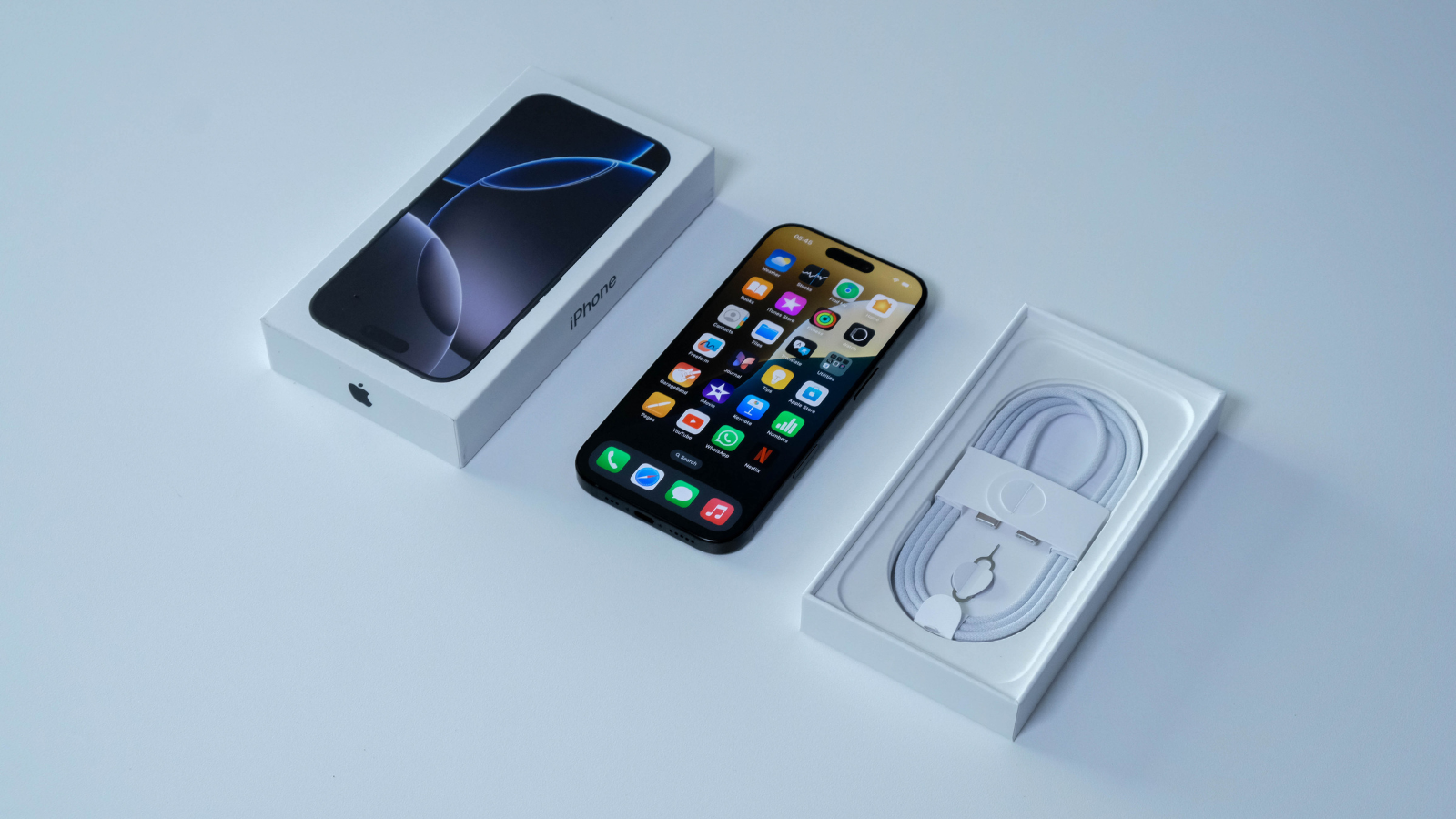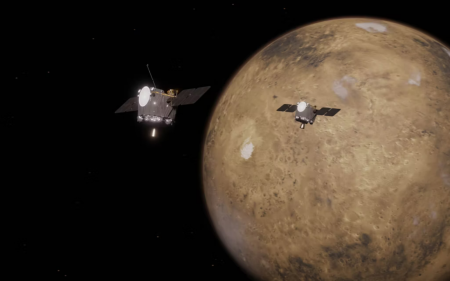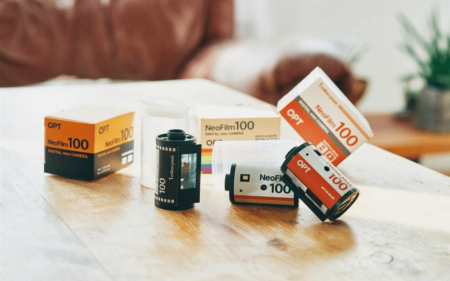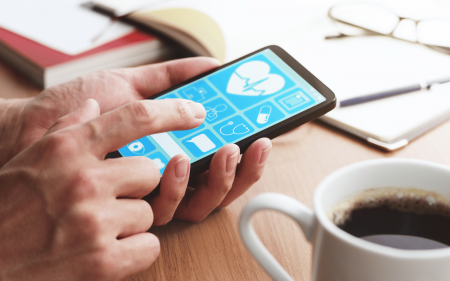The best thing about the iPhone 16 Pro isn't the addition of a new button, the still-brilliant display, or even the slightly larger battery. It's Apple Intelligence – at least, it should have been. Since that fizzled out, Apple started pushing the new camera control as the sole focus here. While a fun addition, it's certianly not one that's strong enough to justify the massive entry fee.
-
Design
-
Performance
-
Battery
-
Display
-
Camera
-
Value
Stuff recently got to dig its claws into the iPhone 16 Pro. We’re not trying to pull the wool over your eyes; this is the latest, and most technically powerful iPhone Apple has put out – matching even that of the Pro Max’s hardware, minus the battery and display. It… doesn’t look like it, but trust us. This is the real thing. The point we’re so crudely getting at here is that the latest generation hasn’t done much to separate itself from all the rest.
And yet here we are, reviewing the iPhone 16 Pro. Or, at least, reviewing all the bits we could. Apple’s somehow got customers hooked on this idea of Apple Intelligence, and more importantly, that it’s worth the objectively high entry fee. But where is it? It’s still holed up in a lab somewhere and won’t see daylight until December. For now, we’re stuck twiddling our thumbs on the all-new camera control and…
Attack on Titanium
We won’t be the first, nor the last to say it, but the iPhone 16 Pro is one compact contender. Sure, Apple’s “regular” derivatives (the 16 and 16 Pro) have always been on the runty side, but 2024 was heralded as the year of change. Despite the minuscule bump up to a 6.3in display, something still felt off in our large hands.
That’s not for a lack of trying on Apple’s part. It’s retained the same general shape we’ve seen for years (insert surprised gasp here) – meaning a titanium chassis, rounded corners, a gorgeous matte finish, toughened glass, and the gorgeous three-camera array on the rear. The only real difference is that Apple has shaved off some bezel, resulting in an even bigger screen.
Everything else – from the USB-C port to the power, volume, and Action buttons – is exactly where you remember it along the 16 Pro’s metallic edges. A bigger display means greater distances so your fingers might need warming up first. Especially when fiddling with the shiny new camera control on the device’s right-hand side.
While our hands and fingers did eventually acclimate to the larger (and still too titchy) shape, we wish we had nearly as much luck with the camera control – the button Apple jingles in the face of anyone with too many questions about Apple Intelligence. It’s placed just out of reach, forcing our fingers to delve a little lower than we’d have liked, making selfies a touch more awkward than they already are.
It does lend itself well to horizontal snaps. Lower positioning allows an index finger to easily curl around the phone’s bottom-right corner and rest on the control. That might have been exactly what Apple was aiming for – but with the rise of vertical photography and videography, it’s not the clean-cut issue we’re making it out to be.
Bigger ≠ Better
Sure, we have our desires for a few more inches (or a Plus/Pro Max variant instead), but there’s no denying that Apple’s got the necessary tech to make Apple the reigning champion in this field, despite it all being recycled from the iPhone 15. We’re talking about the mouthful that is the LTPO Super Retina XDR OLED panel used here.
If you aren’t familiar, that equates to a silky smooth 120Hz display perfect for a spanking in Marvel Snap or CSR 3 and HDR10+ support for the umpteenth Better Call Saul rewatch. Dolby Vision returns too, though with an improved 2,000 nits of brightness (that’ll drop down to just a single nit if need be) making for an all-around excellent display we had trouble saying goodbye to. But you iPhone 15 owners already knew that, didn’t you?
Quid Pro Quo
The iPhone 16 Pro is technically the most powerful smartphone Apple has ever released. The same could (and has been) said about last year’s models, and the models before that. What we’re saying is that Apple’s done its technical due diligence here, but for the average Joe, we can’t advise laying down what is, in most cases, more money than an entire month’s salary.
But if you’re up to giving the iPhone 16 a proper run-around, the 6-core CPU and 6-core GPU (and 16-core NPU) lodged in the A18 Pro SoC is capable of delivering an experience that’ll make editing – we’re talking about proper editing here – a breeze. The same goes for any game you throw the 16 Pro’s way. But you’ll have to make do with the hardly legible on-screen controls when booting up Assassin’s Creed: Mirage.
We pumped the device through Geekbench 6, recording a score of 3,323 and 8,180 for the single- and multi-core tests respectively. Compare that to the 15 Pro’s sub-3,000 score, or an M2-toting iPad Pro, and you’ll see that Apple hasn’t conned you here. Still, while Apple’s pursuit of a bigger number is admirable, it won’t make all that much difference to Apple’s clientele.
While we’re more than satisfied with the performance, we noticed some issues under the hood. Spending only an hour or two in the 16 Pro’s company was enough to get the internals toastier than we liked – despite only tackling some Netflix and snapping pictures whenever the mood struck. It’s not strong enough to require sunblock (a necessity for writers), but it gave us pause.
Due to the small stature the iPhone 16 Pro is working with here, we weren’t all that keen on the sort of battery life Apple threw our way, and we were more or less right. GSMArena lists the device’s battery as packing a 3,582mAh battery that has the tools to get you through a day of usage, helped along by the A18 Pro chipset. 15W charging returns from who knows which iPhone, and it’s just as sluggish as ever. Make of that what you will.
Not-so-cruise control
A good camera is integral to the iPhone experience. Apple sorted that problem out ages ago and hasn’t felt the need to innovate again. That’s more than alright in our book. The 16 Pro’s 48MP main sensor, bolstered by a 48MP ultrawide lens and 12MP telephoto to cap it all off, is just as exquisite as last year. Then there’s the ultrawide snapper. That saw a big upgrade this year, rising from the 12MP spec on the 15 Pro.
48MP might not seem like much compared to some Chinese company’s 200MP+ sensor, but how you use it matters. Apple’s technical wizards ensure that a 48MP sensor is all you’ll ever need, and we couldn’t agree more. We produced some stellar images that kept the noise to a minimum and took detail to the other end of the spectrum. Colours, likewise, were well accounted for in the final result.
Apple’s really hoping you’ll pursue some a videographer ambition by picking up the iPhone 16 Pro. That’s even without all the tech Danny Boyle whacked onto the iPhone he used to shoot 28 Years Later, mind you. It’ll shoot at 1080p or even head up to 4K if needed, in 24, 30, or 60fps. New this year is the ability to send that up to 4K 120fps, – and even adjust those numbers once all is said and done.
As great as the camerawork is this year, it would be half as interesting without the camera control button to keep us entertained. And entertain it did. We’ve already mentioned that it’s a button adorning the right-hand side of the device, offering immediate access to the camera. What we didn’t mention was that it was a whole lot more capable than it lets on – and it’s only going to get better when Apple Intelligence eventually turns up. We hope.
For now, a quick tap of the button snaps a picture. Long-holding gets a video recording going. Swiping up and down, or left and right offers some zooming powers and eventually, it’ll mimic a traditional DSLR camera where a light press focuses up the image quickly before a full press. It’s intuitive fun at its best, and we can’t wait for it to improve even further. It’s likely to become a major proponent, and rightfully so.
Apple iPhone 16 Pro verdict
The iPhone 16 Pro is one impressive bugger. That was never up for debate. We always knew Apple would deliver the most powerful iPhone ever released, and it didn’t disappoint. It did a better job with all the little extras, improving the too-small display, boosting the battery, and throwing a whole new button into the mix. Does it justify the R26,500 price tag, though? Well…
Yes, and no. The iPhone 16 Pro is aimed at the Pros already within the Walled Garden, but a few generations behind. Those holding onto the iPhone 15 especially should have no qualms about giving this year a skip – since you’ll still be delving right into Apple Intelligence alongside everybody else. From a hardware point of view, we could say the same for iPhone 14 users. At least, we’d say the same until we get a glimpse of Apple Intelligence in person.

